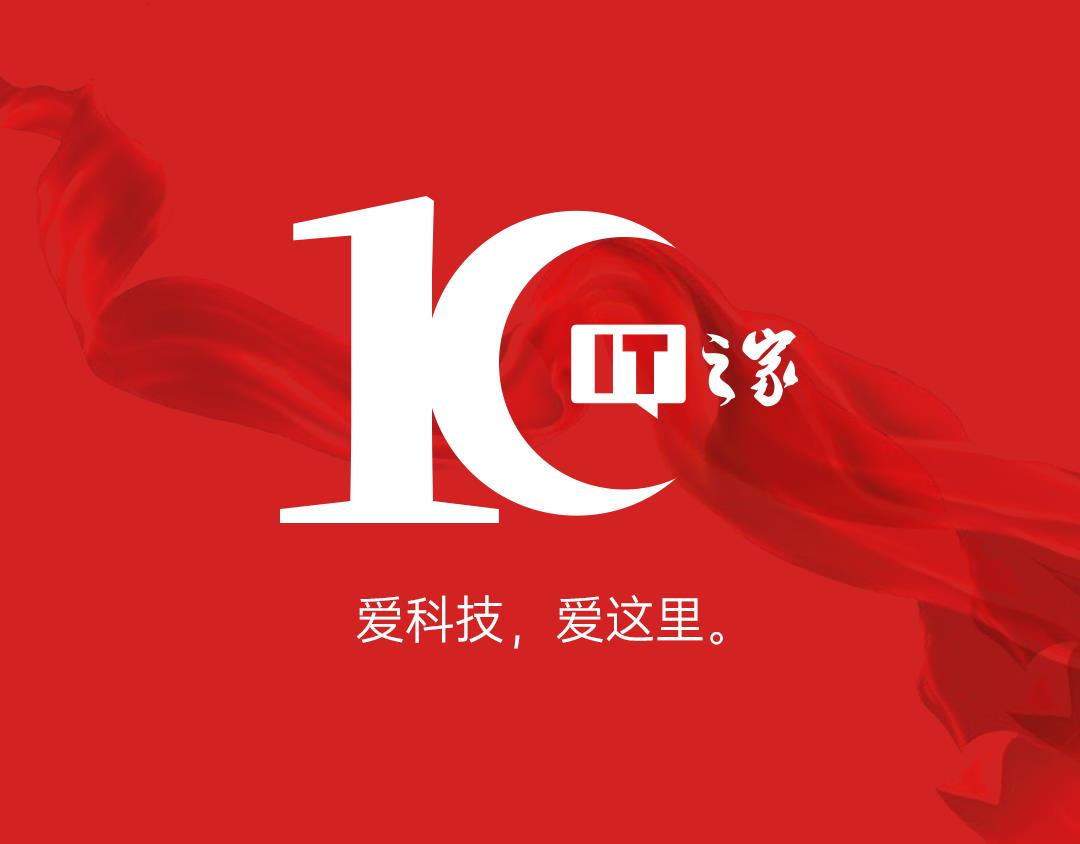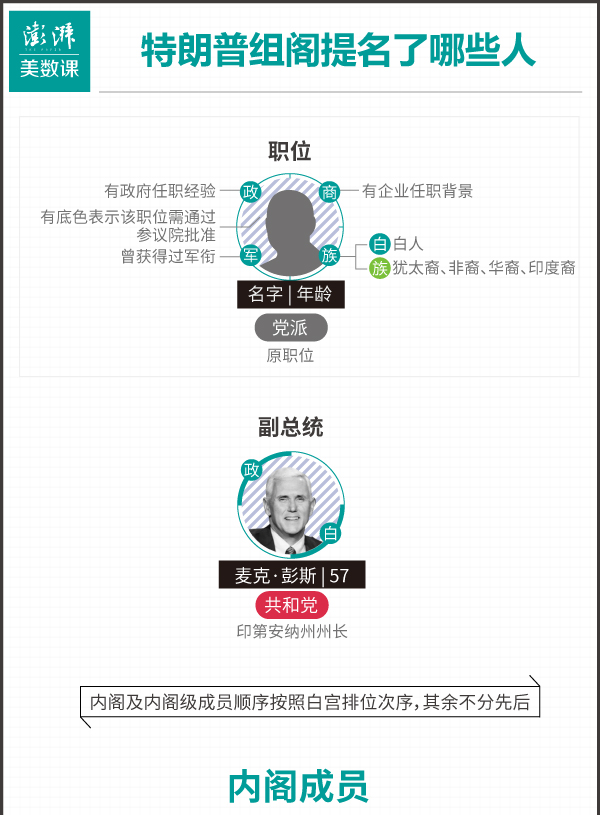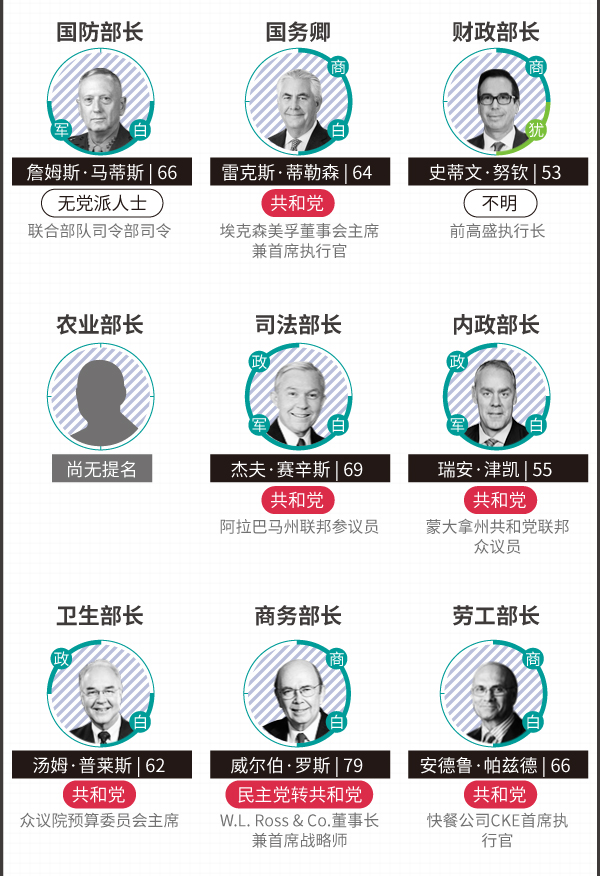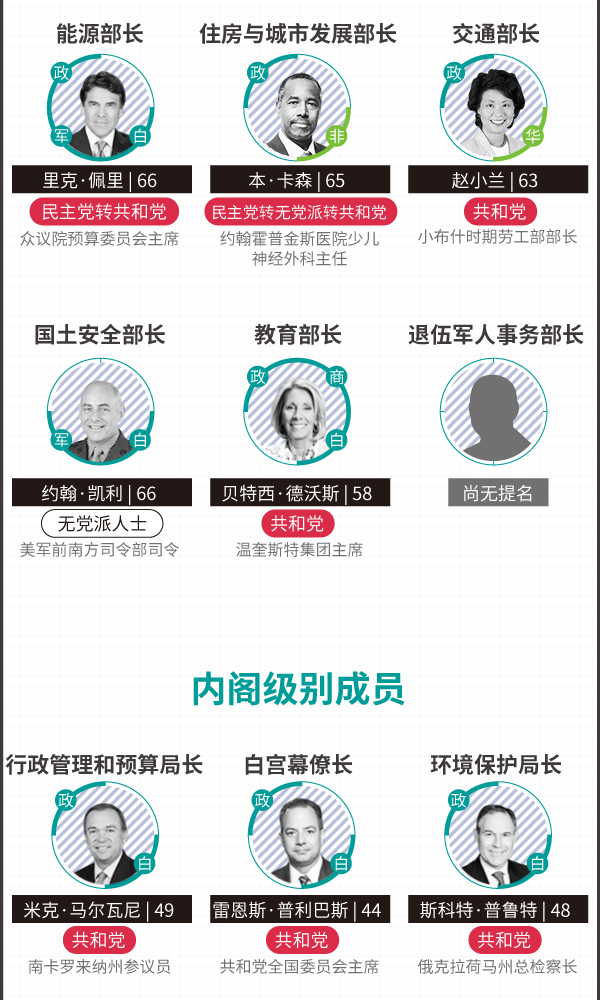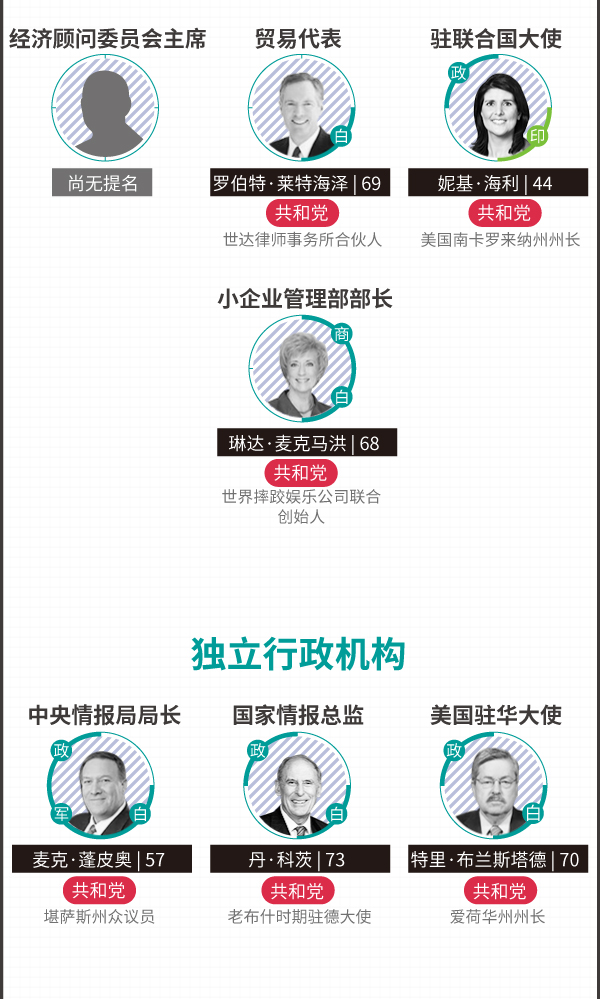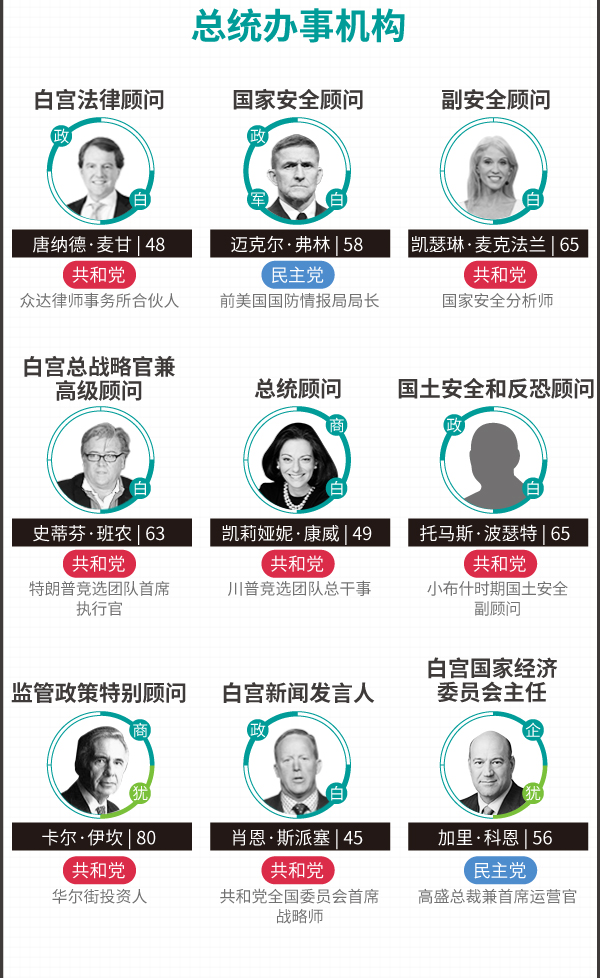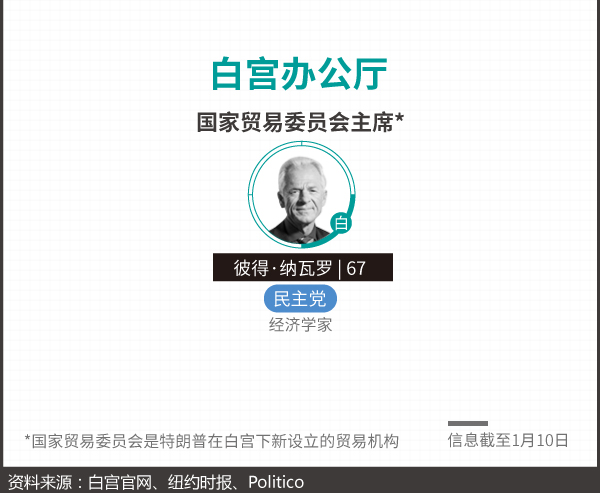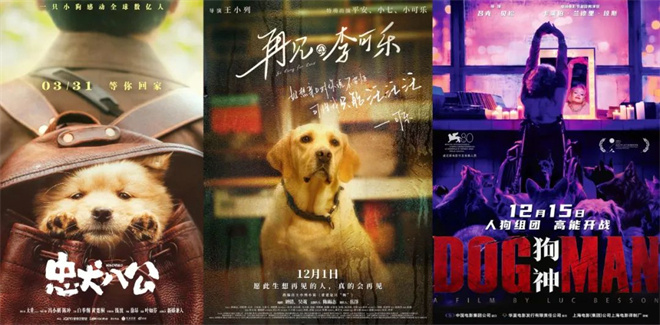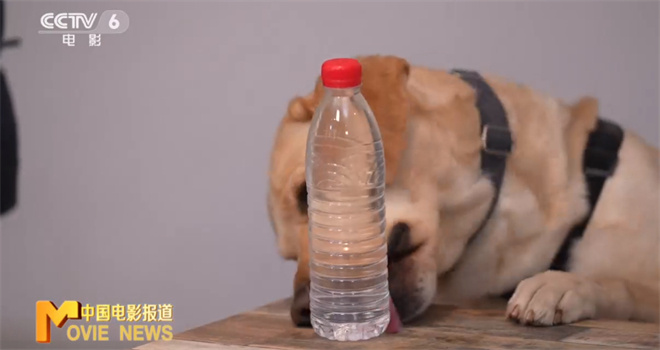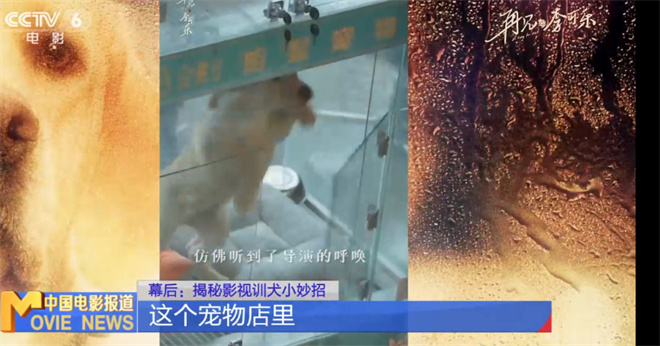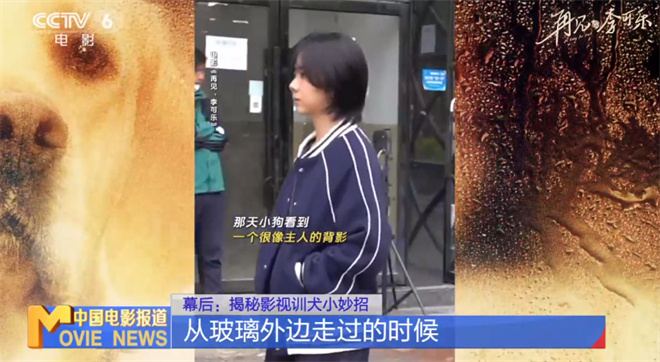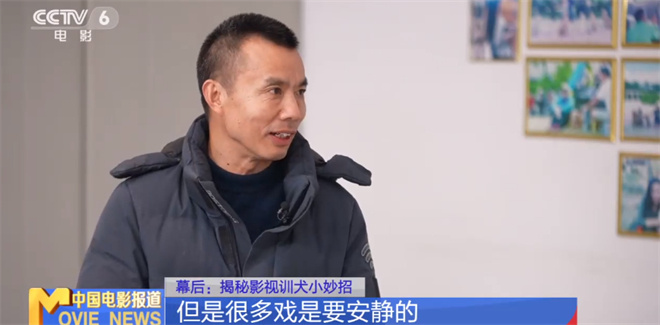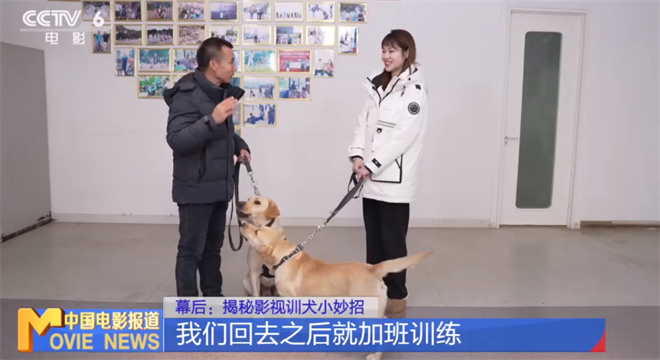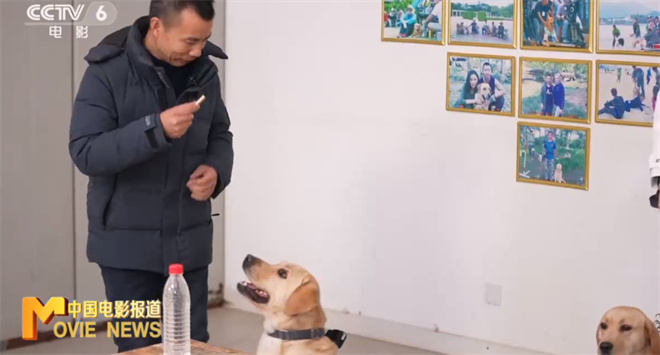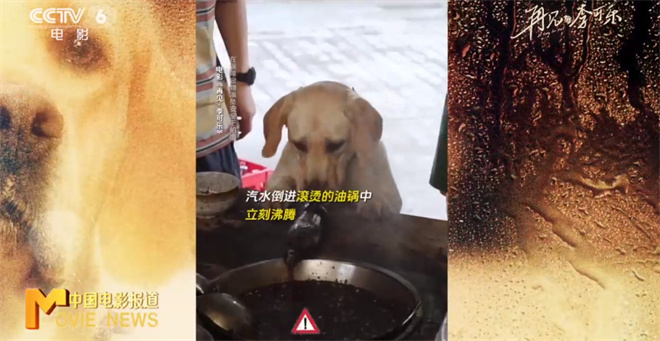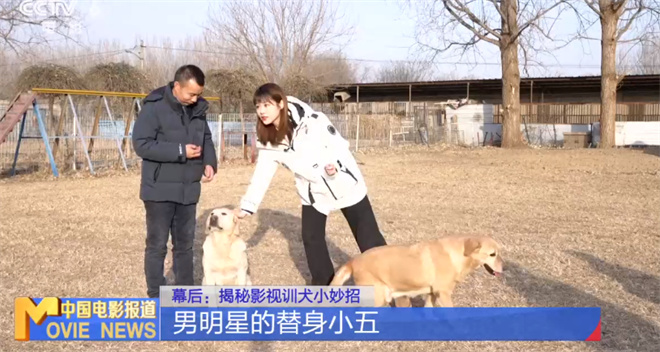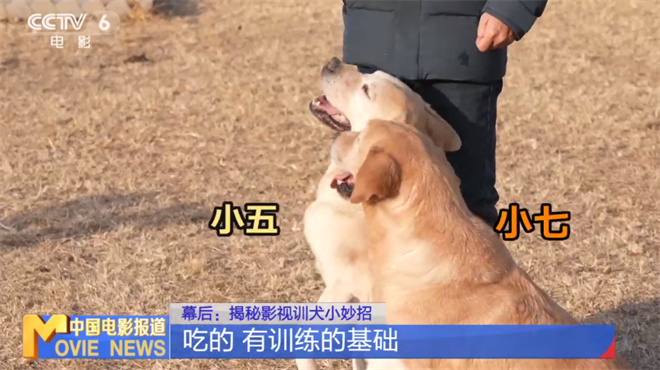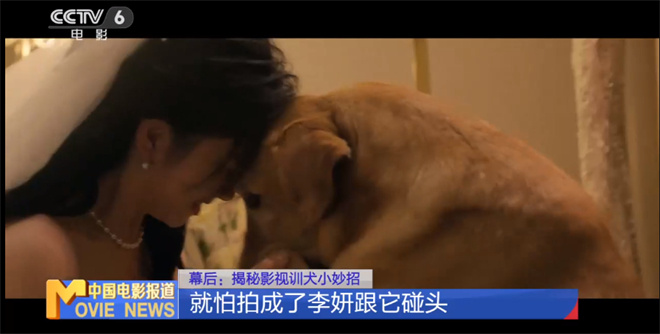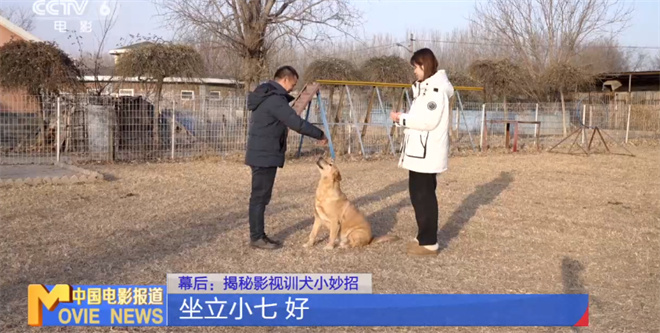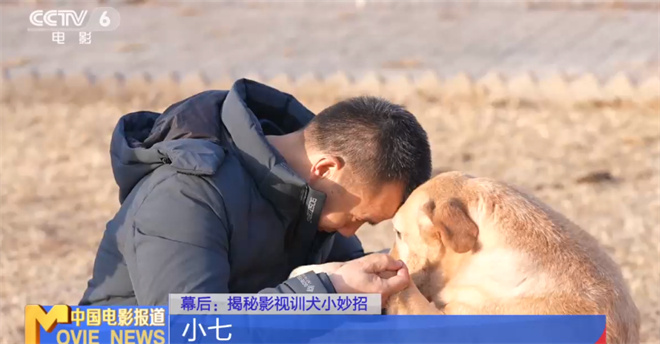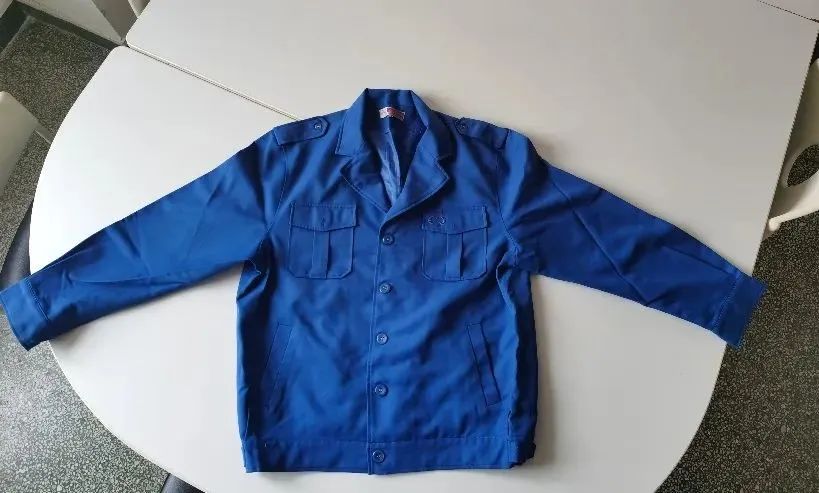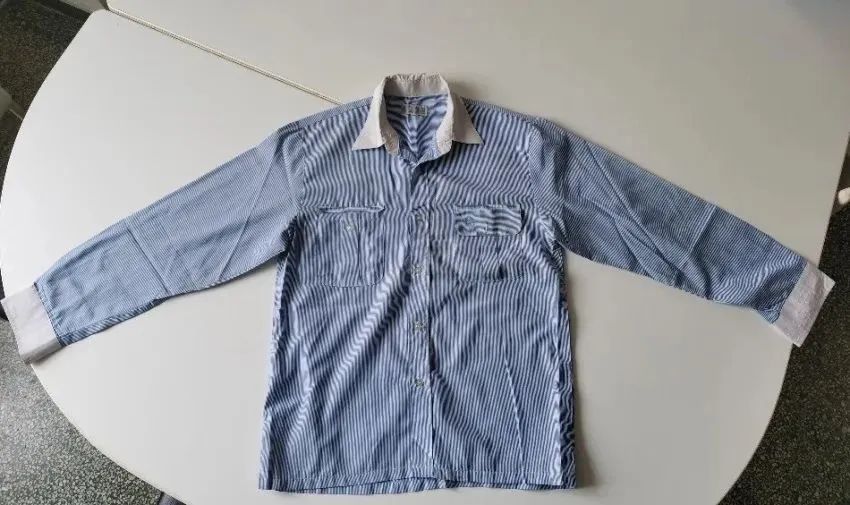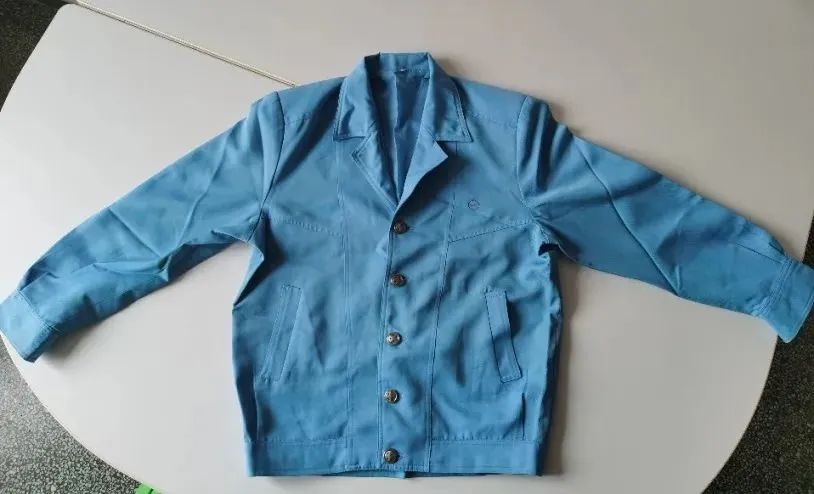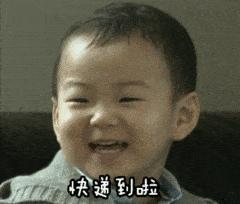Nanjing Forestry University dismissed 49 teachers and students in one and a half years: University is not a safe.
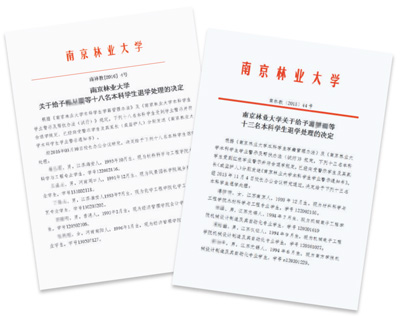
Source: official website of Nanlinda University
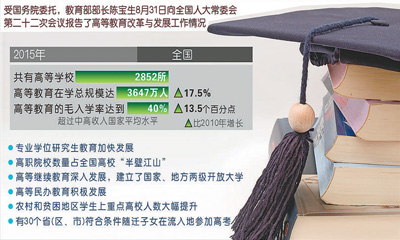
Xinhua News Agency reporter Qin Ying compiled
Autumn is the harvest season. This autumn, Wang Jun, who wasted his spring and summer, received a notice from Nanjing Forestry University that he had to quit school because he had not completed his required studies.
As early as a year ago, Nanjing Forestry University gave advice to Wang Jun, a 2012 student, on how to drop out of school. His mother took him to the school to beg, hoping to give her children another chance to stay on campus. In view of his health reasons, the school agreed to demote Wang Jun for one year. However, a year later, he was almost obsessed with playing games, but he still didn’t get enough credits.
This time, Wang Jun’s mother didn’t come to school again. "I can imagine how disappointed this mother should be." The tone of Professor Gao Handong, deputy director of the Academic Affairs Office of Nanjing Forestry University, is also somewhat regrettable.
In 2014, Nanjing Forestry University issued the Measures for Undergraduate Students’ Academic Warning and Assistance (Trial), which gave students yellow, orange and red academic warnings according to the seriousness of their unfinished studies, and those who were given red warnings were dismissed from school. There were 18 red warnings in the second half of 2014, 13 in the first half of 2015 and 18 in the second half of 2015. In a year and a half, Nanlin University persuaded 49 students to leave.
Being expelled from school, as far as students are concerned, means that college dreams are broken; As far as his family is concerned, it means that the parents who want their children to become dragons and daughters to become phoenixes are cold; As far as the school is concerned, it means that it has to make a choice to eliminate "unqualified products" and defend the teaching quality and the reputation of the school.
The reporter visited some universities in Nanjing and found that this move by Nanjing Forestry University is not an isolated case. Say no to the cultivation of talents in colleges and universities, walk into such colleges and universities, approach the students who have been dropped out of school, approach their teachers and peers, and lift the veil in the corner of the campus where "youth and confusion are squeezed".
A student who has been dismissed.
"The university has just started, but I didn’t expect it to end."
Wang Jun, a 2012 student of Nanjing Forestry University, was demoted in November 2014 because of the orange academic warning, and was dismissed from school in June 2015 because she reached the red warning. In the fall of 2015, I applied for a demotion trial, but I failed to complete enough credits in the first semester and was terminated. After extending the trial again in the spring of 2016, I only got 7.5 credits, and finally I was terminated and dropped out of school.
In the memory of a teacher in Wang Jun, he seldom attended self-study classes and was almost obsessed with playing games. Although he failed many courses, he seemed to have nothing to do with himself. He didn’t take more than 40 credits in three years. "What does it mean to have more than 40 credits? Nearly 20 courses failed! " The teacher looked helpless and puzzled.
Xin Li, a 2014 student of Nanlin University, was given a red warning in May 2015 because his credits did not exceed 4 points in one semester, and was subsequently dismissed from school. After applying for demotion for one year, I resumed my student status and returned to my original class in September 2016.
This gentle-looking, slow-talking boy, together with several other students, broke the record of Nanlin’s big red warning: after just one semester in college, he was dismissed from school. In the first semester of college, he got only 4 credits and failed 4 courses.
Xin Li comes from a big city in the west. Like many peers, from primary school to high school, she is surrounded by school assignments and various off-campus tutoring, and has experienced countless nights of studying hard. "At that time, the teacher always said, now eat more bitter, and you will go to heaven if you are admitted to college!" Xin Li said. Looking forward to it, looking forward to it, and finally waiting for the day when I am admitted to the university, it is time to have a good time. "liberated!" Xin Li described his mentality when he first entered Nanlin University. Finally, he didn’t have to work as hard as senior three, so he could play as he wanted.
Soaking in Internet cafes and playing games, Xin Li released his game addiction that had been suppressed for three years in high school. In the first semester of college, the internet cafe next to the school was his frequent place. He seldom goes to study at night, because there are no teachers or parents around to urge him to study. In this way, in a state of idleness, the first semester of Xin Li’s university passed easily. He didn’t pay attention to the stipulation in the materials distributed by the school when he entered the school: if he got no more than 4 points in a semester, he would be given a red warning and dropped out.
"It’s like a blow to the head, and I’m scared … …” Even today, talking about hearing the news of being dropped out of school, Xin Li still has sweat on his head. "The university just started, but I didn’t expect it to end!"
Wen Chao, a 2014 student of Nanlin University, failed in seven courses in his freshman year and five courses in his sophomore year. In September 2016, he was given an orange warning and dropped one grade to resume his studies.
Talking with Wen Chao, it was an autumn afternoon, with drizzle hitting the window and misty rain on campus. Wen Chao looked out of the window and said, "It’s raining outside like this, so many feelings will come out of my heart and I want to write it."
Wen Chao, who is particularly fond of writing, has a literary talent and has written more than 500,000 words of literary works. The summer after the college entrance examination, he wrote more than 100,000 words of online novels.
But Wen Chao studied science and engineering. Often at two or three o’clock in the middle of the night, he gets up and holds the computer or pen and paper to write. "About 70% or 80% of the energy is spent on writing, and there is very little time for professional study." Wen Chao said that because he had a good foundation in science in high school, he didn’t take professional courses seriously. He listened in class and almost never reviewed after class. "The power is biased!" Looking back on his two years in college, Wen Chao was a little annoyed.
Ma Ning, a 2013 student of Nanlin University, has been repeatedly warned by yellow studies.
When it comes to Ma Ning, Teacher Li Jing, the counselor of the School of Science, is somewhat in distress situation: he is too obsessed with playing games, playing with his mobile phone and computer, sometimes playing with his mobile phone and computer together, looking at what is in his hand and thinking about what is on the table, and often playing late into the night. "Then, it is truancy, he can’t get up in the morning! I tried to wake him up by calling his cell phone every morning, but he turned it on mute. I simply told his dormitory classmates to wake him up in the morning, and if they don’t get up, they can lift his quilt. "
As a counselor, Li Jing often urges Ma Ning, whether in the classroom, on the road or in the dormitory, as long as he meets him, he reminds him, "Don’t play games!" Excavate can’t remember how many times I talked with him. Ma Ning sometimes even patted the table and swore "never to play again", but after two days, he took care of it again.
Parents of dismissed students
"There is only one plea: let the children stay."
In the face of children being dismissed by universities, parents’ mood may be the most complicated of all.
When Wang Jun dropped out of school in 2015, Wang Jun’s parents came to Nanlin University. My mother burst into tears in front of the person in charge of the academic affairs office: what should I do if I drop out of school after studying for so many years? The child’s life is ruined!
Gao Beilei, deputy director of the Academic Affairs Office of Nanjing University of Science and Technology, has also encountered such a situation: "A mother who has been persuaded to withdraw her students has been crying behind me. No matter how you explain it, she has only one plea: let her children stay. However, the school has its own system, and we can only harden our hearts and say, please don’t affect our work. "
Xin Li and Wen Chao’s parents, both in western provinces, rushed to school as soon as they heard that their children had been dropped out of school and given an orange warning. Xin Li said that at the beginning, he didn’t know how to tell his father about dropping out of school. After making a phone call, his father didn’t blame much. He rushed to Nanjing on a starry night to discuss with his teacher how to cherish the opportunity of trial reading. "My father’s actions gave me confidence. I felt love and trust from him."
There are also parents of students, especially parents of some wealthy families, who are calm or even indifferent to their children being persuaded to leave. Gao Handong, deputy director of the Academic Affairs Office of Nanlin University, said that when a parent from Taizhou, Jiangsu Province came to the school to discuss how to help students, he listened to the teacher and kept answering the phone to do business. "The business is more important than children’s studies. At first, I received a phone call from the school, but later I simply didn’t come to the school. I let my children drift and didn’t mind the interruption of their studies. Perhaps, they just want to gild their children and increase their experience. "
The teachers in the Academic Affairs Office of colleges and universities are most upset to see the parents of low-income families from rural and urban areas in the central and western regions: children are the hope of the whole family, and the fate of changing the family is pinned on them. Parents worked hard to support their children, and their children went to college at a cold window. They seemed to see the dawn of the family’s future, but they were suddenly dissuaded! Dawn goes out, hope collapses … …
Teacher Li Jing introduced that Ma Ning’s home was in a medium-sized city, and his parents made a living by selling breakfast. They called his parents several times at the earliest, and the couple would arrive at school on time the next day. After several times of ineffective help, his parents didn’t come either. "If he still wastes his time like this, I really don’t know how he will face his parents who work hard to make a living if he is given further warning next!" Excavate a little hate iron not to produce helpless.
"University is not a legendary paradise for relaxation!" Several students who were warned of dropping out of school and orange studies seemed to have an epiphany when interviewed by reporters. When I was in middle school, because I was closely watched by my parents and teachers, and because of the pressure of my studies, my budding hearts were hidden. It’s time to release them in college. So, play games, do part-time jobs, fall in love, and be busy with clubs … … It has almost become the whole life of some students in college.
"Now many children, from primary school to middle school, grow up with their parents arranging everything for them. When you go to college and really start living independently, it is easy to be at a loss and get lost. " Gao Yudong said.
Jin Gang, deputy secretary of the Party Committee of Nanlin Dali College, said that the school will do its best to help students who are warned by their studies, and will not give up on students from difficult families. "As long as I work hard, even if my learning foundation and ability are poor, the school will do my best to help them catch up."
The study guidance center established by Southeast University and the undergraduate study guidance center established by Nanjing University of Science and Technology are all aimed at providing academic guidance and assistance to students with academic difficulties, with the aim of preventing students from dropping out of school because of their poor learning ability.
Persuasion in the eyes of college teachers and students
"University is not ‘ Safe ’ "
Wang Jun looked indifferent when he was persuaded to leave school. In the view of one of his teachers, "it’s as calm as a hotel passenger leaving for home. Perhaps, he doesn’t have much nostalgia for college life."
Several students in Wang Jun think that persuasion is too harsh: after studying hard in the cold window for more than ten years, it is not easy to enter a university like Nanlinda University. I will graduate in another year, so why should the school be so strict? Let him go, which not only makes his future, but also warms his family. Wouldn’t it be the best of both worlds?
Faced with persuasion, it is difficult for students to reach a consensus. Li Bing of Nanlin Dali University is a little resentful about persuading him to quit: Some teachers make the examination questions so difficult. For students with poor foundation, even if they use their "wild power", they may not pass the exam! Zhang Ran of the School of Landscape Architecture expressed his free and easy attitude on the issue of persuasion: you can go abroad to go to college. Besides, you can also go out for employment and start a business as early as possible. Contemporary young people want to shine in life, far more than going to college.
"Overall, the mood of the students who dropped out of school is relatively stable, because they have been mentally prepared based on their academic achievements, that kind of ‘ Cry, make trouble and hang yourself ’ We have not encountered the fierce reaction. " A teacher from the Academic Affairs Office of Nanlin University recalled. Professor Min Yongjun, director of the Academic Affairs Office of the school, recognized Zhang Ran’s view: "Quitting may not be because of your poor ability, but because you are not suitable for studying in this school and this major. Change the platform, maybe you will perform very well. "
In a post bar of Nanjing Forestry University, the netizen "Tiger Ju Long Pan 123" posted: "It’s been a few years since I graduated, and I feel that the school is getting stricter and stricter. At that time, it seems that there were very few announcements about quitting school, but now every semester, it’s quite strict!"
Netizen "gerard_ Xiao Zhu" wrote: "I know one of them who was dropped out of school. I really can’t blame the school, because it is really self-motivated. I basically failed all the classes in one semester, failed public courses, and even missed exams. Don’t go to class if you retake, fail or even miss the exam again … … If such a student still gets the same diploma as those who study hard, what’s the point of working hard? It’s not fair to those who work hard. If his mind is really not studying, he might as well drop out of school and go to a wider world. "
In interviews with many universities in Nanjing, several responsible persons admitted that the current higher education does face some objective pressures. First, after the enrollment expansion of colleges and universities, the quality of students has declined compared with the past, and there are constant doubts about the quality of college students’ training from all walks of life. Second, in the face of employment pressure and external temptation, some college students’ impetuous emotions are more obvious. In their eyes, colleges and universities are no longer "ivory towers" dedicated to their studies, but become post stations that leave with diplomas. In this context, it is urgent to "strictly manage the school" and "strictly manage the school".
Professor Zheng Jiamao, deputy secretary of the Party Committee of Southeast University, has been the head of the academic affairs office of the school for a long time. He believes that to dissuade students in colleges and universities is to strictly control the quality of graduates, and two starting points should be identified: quality-oriented and student-oriented. Student-oriented means to let every student get the most suitable training and become a talent who benefits the society; Quality-oriented means that the graduation requirement of a school is a red line, which cannot be lowered under any circumstances, which is related to the lifeline of running a school.
There are 53 colleges and universities in Nanjing, and basically all have the rules and practices of persuasion. According to Zheng Jiamao, Southeast University has always insisted on strict entry and exit for students, but even if it is strict with students at ordinary times, there will be a drop-out rate of nearly two thousandths every year.
Among the 16,000 students in Nanjing University of Science and Technology, more than 10 students are persuaded to leave every year. Gao Beilei, deputy director of the Academic Affairs Office of South University of Technology, said that the school also implements an academic warning system, stipulating that if the credits obtained in each semester from freshman to junior are less than 15 points, the yellow warning will be given for the first time, and the red warning will be given twice and the school will be dropped out.
Gao Beilei said that under the influence of traditional ideas, most parents always want their children to become successful after college education, so they all take the consequences of dropping out of school very seriously and think that interrupting their studies means losing their future. However, the values of some post-90s and post-90s college students are quite different from those of their parents, and they are not so serious about dropping out of school. "Whether to re-enter the college entrance examination or start their own business, parents should communicate with their children on an equal footing, instead of sticking to the concept of never dropping out of school."
"University is not ‘ Safe deposit box ’ Students who lie down and don’t do it must be eliminated. After all, the quality of talent training is the bottom line for colleges and universities to survive, and it is also the expectation of society for colleges and universities. " Gao Yudong said.
Persuasion institutionalization
"Pull back the promising ones earlier and ask the hopeless ones out."
This fall, Wen Chao, who should have been a junior, continued to study in his sophomore year. According to the regulations, students who are warned by orange will be enrolled in the next grade. "Now I don’t engage in literary creation for the time being. I have to spend all my energy on professional study. This semester, the classroom, canteen and dormitory are already at three o’clock." Wen Chao introduced his status in the new semester.
"Now put 80% of your energy into your study?"
"Where, it’s 100% now!" Wen Chao smiled shyly.
Wen Chao said, thanks to the orange warning, he stepped on the brakes of his runaway writing, otherwise he would probably be dropped out of school. Wen Chao said that he has a good foundation in science. In high school, his math and physics scores were often the first in his class. Now, if he concentrates, he should be able to rebuild the failed courses.
On the school gate of Nanjing Forestry University, there is a school motto with eight characters: "Honest and majestic, trees and people". "As a forestry university, we know ‘ Ten years of trees ’ Truth, naturally there will be greater patience to ‘ A century-old tree man ’ 。” The words of the person in charge of Nanlin University are meaningful.
Before 2011, the quality control of graduates in Nanlin University mainly depended on the "clean exam" before graduation, that is, the last make-up exam before graduation for the courses that students failed in school. Pass the exam and graduate smoothly; If you fail the exam, you can continue to take the exam within two years.
Usually, when the academic pressure is not great, I will fail the course, and it is obviously unrealistic to expect such a "one foot at the door" as the final exam. For the final exam, teachers have two choices: first, many people are doomed to graduate without falling standards; First, demotion to help them get through, but also break through the bottom line of colleges and universities.
In 2011, before Nanlin University canceled the exam for the Qing Dynasty, several students consciously passed the exam without hope, so they went to the teacher for care, and later they went to the school’s academic affairs office to plead, but they were all turned back.
"We can’t hand over the quality control to the final exam. It’s too late. It won’t have much effect on saving students with poor academic performance. We should be strict in peacetime." Gao Handong said, "The implementation of academic warning means to bring back the promising ones earlier and invite the hopeless ones out. The key lies in moving forward, process management and precise assistance."
In 2014, Nanjing Forestry University issued the Measures for Undergraduate Students’ Academic Warning and Assistance (Trial), which gave yellow, orange and red academic warnings to students according to the seriousness of their unfinished studies: the credits per semester did not exceed 12 points and they failed more than two courses, yellow warning; If the credits per semester do not exceed 8 points and fail more than 3 courses, an orange warning will be given; If the credits per semester do not exceed 4 points, or the accumulated credits without courses exceed 40 points, a red warning will be issued.
In fact, as early as 2005, the Ministry of Education implemented the "Regulations on the Management of Students in Ordinary Colleges and Universities", which expressly required that "those whose academic performance did not meet the requirements of the school or did not complete their studies within the prescribed period of time (including suspension) should drop out of school".
According to the academic warning method of Nanlin University, students who have been warned by the yellow warning can take various forms of course re-examination if they still fail to pass the make-up exam at the beginning of the second semester: re-examination in shifts and re-examination in groups; At worst, the school will organize summer refresher courses and set up refresher courses in the first few weeks of the summer vacation.
Persuade, many people see the "strictness" of colleges and universities. Gao Handong said that there are actually many "leniency" behind it, including a series of measures such as system design, dedication to help, and giving the green light to change majors.
Stiffness and warmth of persuasion system
"As long as students don’t give up, the school will not give up."
Xin Li was given a red warning in May 2015, and was dismissed from school. According to the regulations, he can apply for demotion for one year, and he can successfully "resurrect" by completing the required credits within one year, restore his student status and return to his original class to continue his studies. Trial reading is the last green light that the school gives to students with poor academic performance. With the support of parents, Xin Li chose to apply for a trial study.
The college appointed a special teacher to help Xin Li to make a personal study plan, and was responsible for supervising and helping him. "The counselor, the teacher in charge of teaching in the college and the deputy secretary in charge of students’ work have devoted their ardent concern and selfless help to me this year." Xin Li said that the teachers’ careful guidance inspired him to keep going this year.
Xin Li joined a club in the school, which, in his words, was "near Zhu Zhechi". He studied by himself and discussed difficult problems with outstanding students in the club, and his enthusiasm for learning had the feeling of high school. During the one-year trial, he was required to complete 15 points, and he earned more than 20 points in both semesters.
"Is this year particularly hard?"
"much better than the third year of high school!" Xin Li relaxed a smile.
Help, not only for Xin Li, a student who tried to study after receiving the red warning. According to the regulations of Nanlin University, students with orange and yellow warnings also have help. Jin Gang introduced that every semester, the college will send warning notices to students and parents in duplicate, and invite parents to the school to discuss the assistance to students. On May 3rd and October 7th every year, it is the parents’ open day of the Science College, and the College makes full use of this opportunity to communicate and cooperate with parents.
Nanlin University mobilizes the enthusiasm from colleges to teachers to help students: at the beginning of each semester, the Academic Affairs Office will send the failed rate of each major and class in the last semester and the list of students who have been warned by yellow, orange and red to all departments, and the Academic Affairs Office will communicate with the responsible persons in charge of teaching in each department one by one to urge all departments to do a good job of assistance.
"In a certain class of the Institute of Chemical Technology, the failure rate of a certain course reached 30% last semester. The vice president of teaching was very shocked after seeing it and organized a detailed assistance plan. In the second semester, the failure rate of this class dropped to 10%, and the help effect was obvious. " Gao Handong said, "As long as students don’t give up, the school will not give up!"
There is a class teacher in Nanlin Dali University. Almost every night, she goes to the self-study classroom to check, and takes some photos outside the classroom to remind me that students are not studying hard. A student who loves to play mobile phones received the message from the class teacher: Today is the fourth time to see you playing mobile phones while studying. If I see it again, I will inform your parents … …
According to Jin Gang, with the dedication and persistence of helping teachers, most of the students who have been warned can consciously correct themselves. "Freshmen hold on tight. Once good habits are developed, they will not fall again in the future."
In Gao Handong’s view, the reason why some people stay and others leave is not mainly a matter of ability, but a matter of hard work. "Students who can be admitted to colleges and universities like Nanlinda University will have no worse ability. Just as you can’t wake a person who pretends to sleep or doesn’t want to wake up at all. Help can only bring back those who are willing to turn back, but there are always some people who are unwilling to turn back. "
Changing majors is a door that Nanlin University has opened to students, including academic warnings. Before changing majors, the school mainly gave the green light to outstanding students. Now Nanlinda has opened the door for four types of students to change majors: outstanding students, students with special skills and special potential, students who are not suitable for continuing their studies in their original majors due to health reasons, and students with learning difficulties.
Wen Chao, who loves literature, was actively arranged by the school to transfer to the Humanities College to study Chinese language and literature, but he refused. He believed in his own strength: "Where you fall, you will get up!"
Statistics from the Academic Affairs Office of Nanlin University show that the proportion of applications for major change has increased from 10% in 2014 to 30% at present. The proportion of permitted transfer has increased from 10% to 15%. "Except for a few majors who can only choose the best because of too many applicants, most majors can basically meet the needs of students." Yan Yongjun introduced.
Most of the 49 students who were dismissed by Nanlin University in the last year and a half chose to stay and try. In May 2015, among the 18 students who were given a red warning with Xin Li, 17 applied to stay for trial study. Now that the probation period has expired, there are 8 students who have successfully "revived" like Xin Li, and 9 students have not completed the academic requirements of the probation period.
After talking with Xin Li, I don’t know when the rain outside the window has stopped. He picked up his schoolbag, nodded goodbye to the reporter, and said that dinner was about to start in the canteen, and he would have a self-study class at night. Throughout the conversation, he rarely mentioned the word "drop out of school", but used the word "something was wrong" instead. He said that when something happened, it was really a hurdle in life and a solid fall. Although it was very painful, it was unforgettable to understand a truth: "University cannot be wasted."
The figure of Xin Li carrying a schoolbag gradually walked away. On campus, yellow leaves are falling in the autumn wind, and another autumn is about to pass.
(At the request of the interviewee, all the college students in this article are pseudonyms.)
